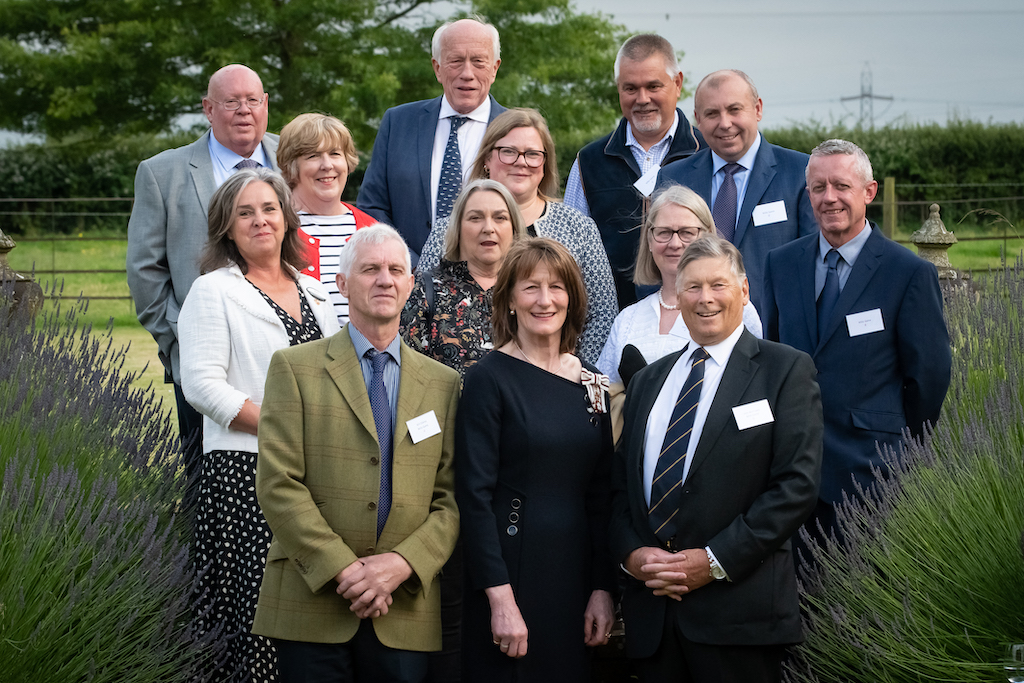I get out of my car in the early morning darkness and walk towards the bird hide. There is still a brisk wind whistling through the reed beds and willow scrub. It rattles the catkins on the alder trees.
As I enter the hide I can hear a distinctive honking noise coming from Chelmarsh Scrape. Opening the window and looking out across the water, an impressive sight greets me. Around 300 Canada geese are roosting. Bobbing around on the choppy water, they occasionally dip their head under water and preen their feathers, helping to maintain their waterproof condition. Occasionally a bird will stand up and flap their wings whilst others sit lazily on the gravel islands. It is as if they are waiting. In the distance I can see the Highley to Bridgnorth Road. Vehicles racing along on early morning commutes. Here in the hide, all is quiet.
The pre-dawn light is growing in the east. It is as if some invisible force is calling to the birds, and the honking of the geese increases in intensity, and the birds start to look south purposefully. Suddenly, a small flock take off. Over the next 20 minutes this is repeated again and again, with small groups of birds leaving the safety of the roost. Finally, the remaining birds take off. They flap their wings, pedal the water and are away, calling as they go. They fly straight over the hide and slowly arc round, rising upwards. I watch them fly off into the distance, forming the familiar ‘V’ shaped skein that is so aeronautically efficient.
The pool is quiet apart from a coot bobbing around amongst the reeds. It is as if the geese had never been there. Canada geese were introduced to the UK around 300 years ago. They are not the most popular of birds due to the damage that they can do to the edges of ponds, however, watching the spectacle of such a large number of birds leaving an overnight roost to go foraging for the day is impressive, none the less. During the breeding season the birds do not form such large flocks. Many memorable wildlife encounters can be had around dawn and dusk.
The twilight hour can be a magical time to go for a walk. The setting sun casting long shadows over the swollen river. It has been a beautiful clear day and already the mist is starting to form over the valley and spilling out to blanket the fields. In the slack water at the edge of the river a little grebe is fishing, silhouetted against the fallen willow tree.
The coppice at the top of the stubble field is slowly illuminated by an ethereal glow. The old moon is rising casting a milky glow over the hedges and ditches. As it first breaks the horizon it looks huge. It is partly veiled by cloud but this is lost as it climbs higher into the sky. Down by the old oak tree, where a stream meets the river, I can see the ghostly shape of a barn owl floating along the rough field margin. It silently quarters the tussocky grassland, looking for any movement of small mammals.
Many memorable wildlife encounters can be had around dawn and dusk. The daily cycle of behaviour for many animals is finely tuned to changing light levels. With the days now getting longer and the prospect of the clocks going forward, this month
is a good time to experience dawn and dusk in the countryside without having to stay up late or get up too early!
Whilst some wildlife spectacles happen daily, others only happen once a year. All around us this month, the hedgerows are awakening. The golden catkins of hazel decorate hedges like a thousand little lanterns. These are the male reproductive organ of the tree and produce the pollen. One needs to look a bit more closely to see the female part of the tree. They are tiny cones of red stigmas that receive the wind-blown pollen.
Amongst the brown leaf litter in the hedge bottom, there are some interesting leaves poking through. They are purple-spotted and arrowhead shaped. This wonderful plant is called Lords and Ladies. The flowers that appear later in the year are hidden by a pale green hood. Flies are attracted by a foul smell. They are then trapped by a ring of hairs to ensure that they come into contact with the pollen. The plant uses the insects to transfer the pollen.





